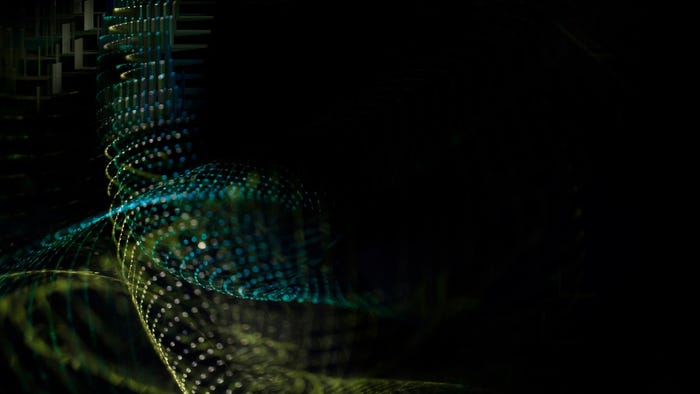
Connects decision-makers and solutions creators to what's next in quantum computing
NIST Selects 14 Candidates for Next Post-Quantum Standards StageNIST Selects 14 Candidates for Next Post-Quantum Standards Stage
Agency targets diverse approaches to counter any potential weakness in first 3 algorithms

Following the release of its first three post-quantum cryptographic (PQC) algorithms in August, the National Institute of Standards and Technology (NIST) has embarked on the next stage of selecting additional algorithms for digital signatures.
NIST announced it has selected candidates for the second round of the additional digital signatures selection for its PQC standardization process.
NIST issued a call for proposals in September 2022 and has selected 14 candidates from the 40 proposals submitted that met its criteria.
The call for proposals required all submitters to include performance estimates on the NIST reference platform, an Intel x64 that runs Windows or Linux and supports the GCC compiler. NIST required the algorithms to offer comparable or improved performance over the currently standardized algorithms.
The three algorithms it has already released are based on the structured lattice approach, so NIST aims to add diverse approaches into the mix in case a weakness is discovered in this method.
The candidates organized by approach are:
Code-Based: CROSS, LESS
Lattice-Based: Hawk
MPC-in-the-Head: Mirath, MQOM, PERK, RIDE, SDitH
Multivariate: UOV, MAYO, QR-UOV, SNOVA
Symmetric-Based: FAEST
Isogeny-Based: SQIsign
The submitters or the candidate algorithms have until Jan. 17, 2025, to make any final tweaks to submissions. NIST plans to invite them to present their updated algorithms at its NIST PQC Standardization Conference in September 2025.
NIST plans to select finalists for a third round of evaluation in 2026.
Commenting on the announcement, Keyfactor chief public key infrastructure officer Tomas Gustavsson said: “Crypto-agility, or at least the need for it, is here to stay. Cryptanalytic attacks will only improve as new technology becomes available. More efficient algorithms, both in terms of performance and resource usage are likely to arrive in the near future as well. While it is too early to state anything about the 14 additional signature algorithms, it shows clearly that the industry has to expect more algorithms, for different use cases, in the future.”
About the Author
You May Also Like






